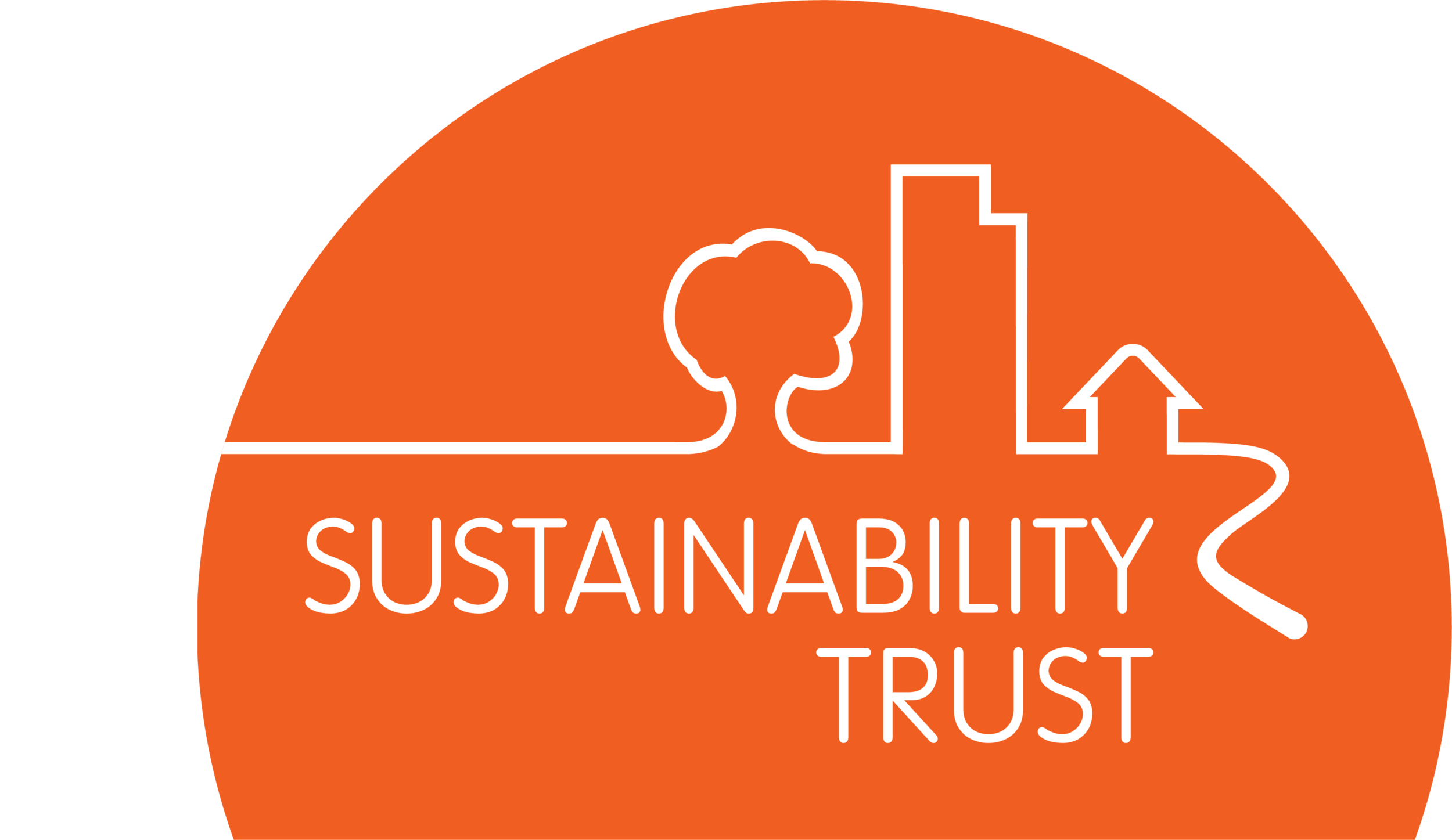Innovative design for reusable serviceware collection
Published April 2025
Innovative design for reusable serviceware collection
FillGood provides resuable serviceware solutions. The reusable serviceware replace disposables at events, venues, and in hospitality, providing a smart, cost-effective solution for serving food and drinks. FillGood worked with Industrial Designer Darcy Snell, and Garage Project Sustainability Champion, Steve Almond to develop an improved design for liquid collection at venues.
Design problem
Because reuse systems are relatively new, FillGood could not find an existing bin on the market in New Zealand which separated waste liquid from empty cups. FillGood had been innovating by adapting an existing bin design from Method Bins.
The first version of the design proved the collection bin system worked well, but some improvements were needed to improve the process for the drink separation.
In our initial meeting, Darcy and Steve were shown the temporary solution being used to allow liquid to be discarded into the bin alongside cups. This setup presented three key issues:
difficult installation/removal,
inconvenient cleaning, and
aesthetic inconsistency with the rest of the system.
Design process
To address the problems identified, Darcy identified that the new design should consist of only two parts—a bottle and a funnel—which would fit together using a simple screw-fit mechanism. A standardized bottle was selected with a wide mouth to facilitate easier cleaning, while the funnel design was kept free of corners or edges that could trap liquid. The funnel can be made to drop into the bin top panel from the top, held in place by gravity. The bottle just hangs from the screw thread. This was Darcy's idea, and he has access to a 3D printer.
One of the main design challenges was modelling a compatible thread for the bottle. Despite obtaining the official manufacturer specifications, no thread dimensions were provided. As a result, the thread had to be manually measured and modelled. Several test fits were conducted to ensure a secure, easy-to-use fit while maintaining optimal functionality.
Once the thread was finalized, the rest of the model was built around this feature. To accommodate potential refinements during functional testing, the model was designed parametrically, allowing key dimensions of the funnel to be adjusted easily.
Testing revealed that the depth and angle of the funnel’s aperture needed adjustment to prevent liquid splashing during vigorous pours. The design was modified accordingly to ensure controlled liquid flow.
The final design was 3D printed using recycled PLA filament, supplied by NZ-based company Kiwifil. A total of 32 units were produced, using 3 kilograms of material.
Design solution in practice
The final bins are being used at Venues Wellington sites across Wellington City.




